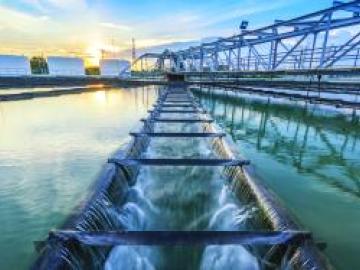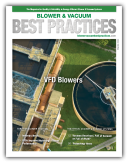Atlas Copco Screw Blowers Save Small Town Big Energy
The wastewater treatment plant in the Town of Hurlock, Maryland provides service to approximately 2,100 residences. However, the majority of the water treated comes from a nearby poultry processing plant, giving the plant influent a high organic content. That is why the Town of Hurlock replaced its two million-gallon-per-day (MGD) lagoon plant with a 1.65 MGD four-stage activated sludge facility ten years ago. After construction was completed, operating costs of the new plant were significantly higher than before. This meant the town had to get creative in order to keep costs down for their ratepayers.



